Carlo Dolci at Galleria Palatina di Palazzo Pitti, Florence
Carlo Dolci (Firenze, 1616-1687), Salomè con la testa del Battista, 1670 c., olio su tela. Londra, The Royal Collections - Royal Collection Trust/© Her Majesty Queen Elizabeth II 2015
FLORENCE - Why devote an exhibition to Carlo Dolci? And why now?
The best way to answer those questions is by conducting an overview of the current state of scholarship in the field of 17th century art in Florence – a field on which much research has been focusing for several years now, sparked in particular by the memorable anthological exhibition on 17th century art in the Tuscan capital curated by Mina Gregori and Piero Bigongiari in Palazzo Strozzi in 1986. Almost thirty years on from that "historic" exhibition devoted to Florentine painting in the age of the Baroque – a field of study still relatively untapped at the time and a neglected area of Italian art history in general – much study and exploration has now been devoted to Florentine artists of the era, spawning numerous monographic publications and exhibitio ns on the work of individual masters, including Francesco Furini in 2007–8. In view of this rapidly growing interest in 17th century Florentine art, we felt duty-bound to devote an exhibition to its undisputed protagonist, Carlo Dolci.
Carlo Dolci (Firenze, 1616-1687), San Giuseppe mostra la croce a Gesù Bambino, 1635-1640. Olio su tela. Marsiglia, Musée des Beaux-Arts.
An artist lauded by the critics and biographers of his day for producing works unique in their genre, painted with unimpeachable diligence and with a descriptive stringency that one might almost call "hyper-realistic", Dolci, who was extremely popular with the most illustrious members of the Medici family and with the aristocracy of Europe in general, distinguished himself in the masterly definition of his figures – often captured in poses of ecstasy, bathed in a sort of moonlight that gives them a complexion reminiscent of the finest porcelain – and in the intriguing, almost obsessive attention that he devotes to detail, from the soft, almost palpable fab rics of his figures' clothing to their splendid jewels which, to quote his biographer Filippo Baldinucci, were "imitated in such an astounding (and real) fashion that, however much one might touch the canvas to make sure that they were in fact painted, the eye still harboured doubt".
Carlo Dolci (Firenze, 1616-1687), Adorazione dei pastori, 1630-1635 circa. Olio su tela. Cleveland, The Cleveland Museum of Art.
To pay fitting tribute to this great master, almost one hundred paintings and drawings have been selected for the exhibition, to point up the lofty quality achieved by Dolci in the course of his career. His work is matched by painting and sculpture by other Florentine artists of his era, or a little earlier, and by a small but fascinating corpus of works which can be attributed to his pupils, who had the honour of preserving his style well into the 18th century.
Carlo Dolci (Firenze, 1616-1687), Ritratto di Stefano della Bella, 1631. Olio su tela. Firenze, Palazzo Pitti, Galleria Palatina.
In its effort to shed light on the unique nature of Dolci's art, the exhibition showcases works of the first order from some of Florence's leading museums and from renowned public a nd private collections abroad, such as the British Museum in London, the Musée du Louvre in Paris, the Staatliche Museen inBerlin, the Nationalmuseum in Stockholm, the Cleveland Museum of Art inCleveland, the Alte Pinakothek in Munich, the Fitzwilliam Museum inCambridge, the Ashmolean Museum in Oxford, Burghley House nearStamford, the Musée des Beaux-Arts in Brest, the Museo Thyssen-Bornemisza in Madrid and last but by no means least in importance, the Royal Collection of Her Majesty Queen Elisabeth II, who has loaned for the occasion Dolci's fabulous Salome with the Head of St. Jo hn the Baptist, which has never been shown in Italy before.
Carlo Dolci (Firenze, 1616-1687), Angelo custode, 1640-1645. Olio su tela ovale. Budapest, Szépművészeti Múzeum.
It is worth highlighting the fact that a major restoration campaign was undertaken to coincide with the exhibition, focusing in particular on Dolci's work in the Florence area in addition to the pictures in the Galleria Palatina and other Florentine museums, producing a total of 33 complete restorations and revisions. TheOpificio delle Pietre Dure also restored and performed an in-depth technical inspection on the Dream of the Young St. John the Baptist (Galleria Palatina)and on a drawing of David and the Head of Goliath (Milan, Pinacoteca di Brera). This provided us with an opportunity to deepen our knowledge of the unique painterly technique favoured by Dolci, who used a range of highly original expedients such as gold for haloes applied in light dust form to obtain a nuanced effect. X-ray analyses also revealed a number of totally unexpected facets even to some of Dolci's better-known paintings.
Carlo Dolci (Firenze, 1616-1687), San Giovanni Evangelista, 1640-1650. Olio su tela in ottagono. Berlino, Staatliche Museen, Gemäldegalerie.
Dedicated to Mina Gregori, the exhibition is curated by Sandro Bellesi and Anna Bisceglia, who also edited the richly illustrated catalogue published by Sillabe with contributions from illustrious students of Florentine 17th century painting. Thanks to this scholarship, much of which explores areas of Dolci's art overlooked until now, it has been possible to reconstruct the artist's "exact" career through the acquisition of hitherto unknown documents and the correct interpretation of the dates and inscriptions on some of his paintings, several of which had been erroneously transcribed even in recent studies. This comprehensive revision of Dolci's corpus of work, even today occasionally clouded by paintings of questionable attribution closely linked to the requirements of the art market and often devoid of any "history", has also led to the discovery of works hitherto unknown or thought lost, and presented here for the first time.
Carlo Dolci (Firenze, 1616-1687), Studio di angelo in volo, 1638-1640 circa. Matita rossa su carta paglierina. Roma, Istituto Nazionale per la Grafica
The exhibition is promoted by the Ministero dei beni e delle attività culturali e del turismo with the Regional Secretariat of the Ministero dei Beni e delle Attività culturali e del turismo for Tuscany, the former Soprintendenza Speciale per il Patrimonio Storico, Artistico ed Etnoantropologico e per il Polo Museale della città di Firenze, the Galleria Palatina e gli Appartamenti Reali di Palazzo Pitti and Firenze Musei.
Galleria Palatina di Palazzo Pitti, Florence. 30 June - 15 November 2015
Carlo Dolci (Firenze, 1616-1687), Martirio di sant’Andrea, 1646. Olio su tela. Firenze, Palazzo Pitti, Galleria Palatina
Carlo Dolci (Firenze, 1616-1687), Ritratto di Serafina Pezzuoli, 1640-1642 circa. Olio su tela fissata su doppia tavola. Firenze, Santi Michele e Gaetano.
Carlo Dolci (Firenze, 1616-1687), Madonna con Bambino (Madonna dei gigli), 1650 circa. Olio su tela. Monaco di Baviera, Bayerische Staatsgemäldesammlungen, Alte Pinakothek (attualmente conservato a Schleißheim, Staatsgalerie).
Carlo Dolci (Firenze, 1616-1687), Poesia, 1648-1649. Olio su tela. Firenze, Galleria Corsini.
Carlo Dolci (Firenze, 1616-1687), San Domenico penitente e orante per le anime del Purgatorio, 1645-1646. Olio su tela. Firenze, Palazzo Pitti, Galleria Palatina.
Carlo Dolci (Firenze, 1616-1687), San Pietro in lacrime, 1654. Olio su tela. Firenze, Palazzo Pitti, Galleria Palatina.
Carlo Dolci (Firenze, 1616-1687), Cena in casa del Fariseo, 1649. Olio su tela. Stoccolma, Nationalmuseum.
Carlo Dolci (Firenze, 1616-1687), Carità, 1659-1660 circa. Olio su tela in ottagono. Prato, Palazzo degli Alberti, collezione Banca Popolare di Vicenza.
Carlo Dolci (Firenze, 1616-1687), Gesù Bambino con una ghirlanda di fiori, 1663. Olio su tela. Madrid, Museo Thyssen-Bornemisza.
Carlo Dolci (Firenze, 1616-1687), Vaso di fiori e bacile, 1662. Olio su tela. Firenze, Galleria degli Uffizi.
Carlo Dolci (Firenze, 1616-1687), Ritratto di Thomas Baines, 1670 circa. Cambridge, The Fitzwilliam Museum.
Carlo Dolci (Firenze, 1616-1687), David con la testa di Golia, 1670. Olio su tela. Milano, Pinacoteca di Brera.
Carlo Dolci (Firenze, 1616-1687), San Giovanni Evangelista, 1671. Olio su tela ottagonale. Firenze, Palazzo Pitti, Galleria Palatina.
Carlo Dolci (Firenze, 1616-1687), Beato Filippo Benizi in gloria, 1648-1649 circa. Olio su tela ottagonale. Brest, Musée des Beaux-Arts de Brest Métropole.
Carlo Dolci (Firenze, 1616-1687), Ecce Homo, quarto decennio del XVII secolo. Olio su tela. Firenze, Museo diocesano di Santo Stefano al Ponte.
Carlo Dolci (Firenze, 1616-1687), Pazienza, 1677. Olio su tela ovale. Londra, Trinity Fine Art.
Carlo Dolci (Firenze, 1616-1687), Claudia Felicita d’Austria in veste di Galla Placidia, 1672-1675. Olio su tela. Firenze, Palazzo Pitti, Galleria Palatina.
Carlo Dolci (Firenze, 1616-1687), Studio di fanciulla a mezza figura volta di tre quarti verso destra, 1658-1659 circa. Matita nera e rossa su carta bianca. Londra, The Courtauld Institute of Art.
Carlo Dolci (Firenze, 1616-1687), San Giovannino dormiente (il Sonno di san Giovannino), 1675 (?). Olio su tela in ovale. Firenze, Palazzo Pitti, Galleria Palatina.
Carlo Dolci (Firenze, 1616-1687), Sant’Agata, 1665-1670 circa. Olio su tela. Londra, collezione privata.
Carlo Dolci (Firenze, 1616-1687), Cristo nell’orto, 1645 circa. Olio su rame. Genova, Musei di Strada Nuova - Palazzo Rosso.
Carlo Dolci (Firenze, 1616-1687), Angelo custode, 1670-1675. Olio su tela. Prato, Musei Diocesani, Museo dell’Opera del Duomo (dal 1967).
Carlo Dolci (Firenze, 1616-1687), Angelo custode, 1670 circa. Matita rossa e nera su carta bianca filigranata, contro fondata su cartoncino azzurro. Firenze, Gabinetto Disegni e Stampe degli Uffizi.
Carlo Dolci (Firenze, 1616-1687), Autoritratto, ante 1674. Matita nera e rossa e azzurra su carta bianca. Firenze, Gabinetto Disegni e Stampe degli Uffizi.

/https%3A%2F%2Fprofilepics.canalblog.com%2Fprofilepics%2F1%2F0%2F100183.jpg)
/https%3A%2F%2Fstorage.canalblog.com%2F03%2F02%2F119589%2F96711876_o.jpg)
/https%3A%2F%2Fstorage.canalblog.com%2F11%2F31%2F119589%2F94773502_o.jpg)
/https%3A%2F%2Fstorage.canalblog.com%2F20%2F83%2F119589%2F94772815_o.jpg)
/https%3A%2F%2Fstorage.canalblog.com%2F26%2F72%2F119589%2F75604929_o.jpg)
/https%3A%2F%2Fstorage.canalblog.com%2F59%2F60%2F119589%2F26458628_o.jpg)



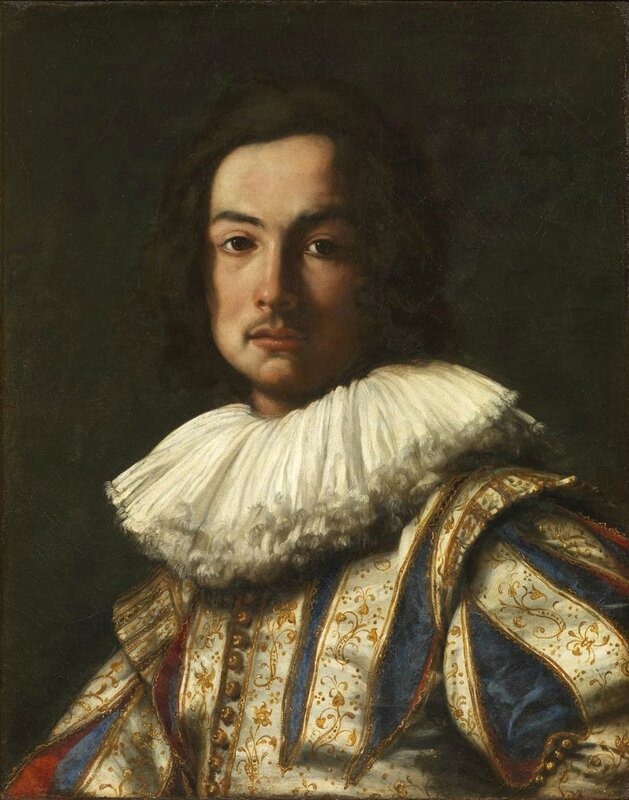



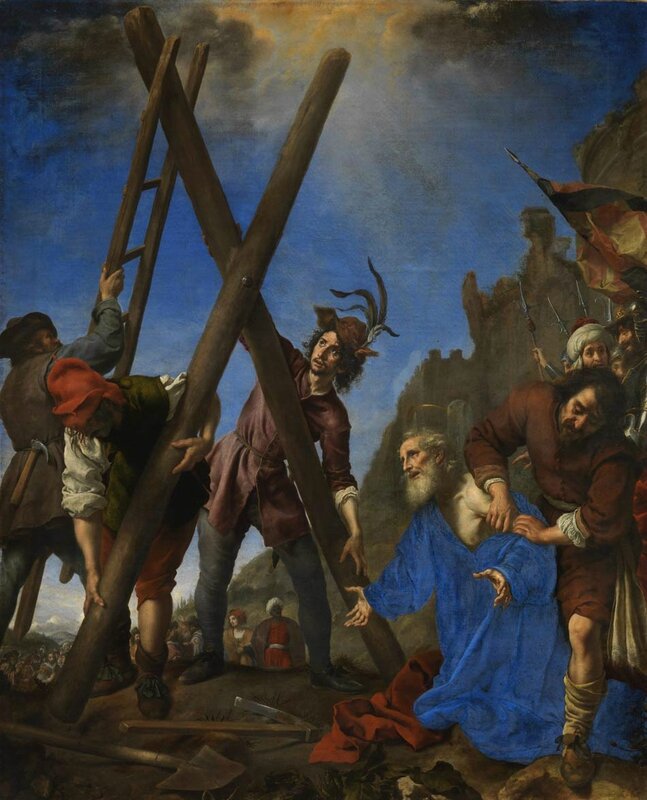
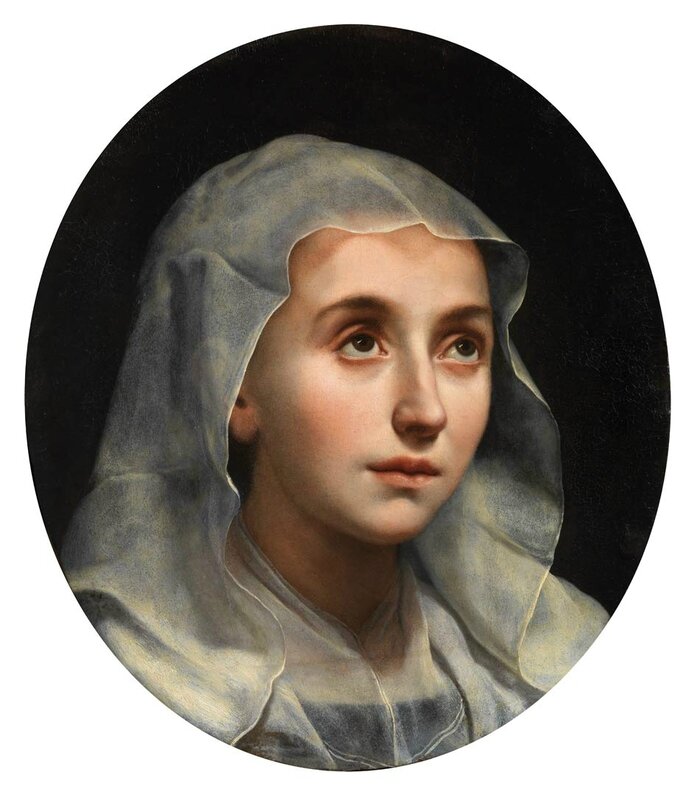

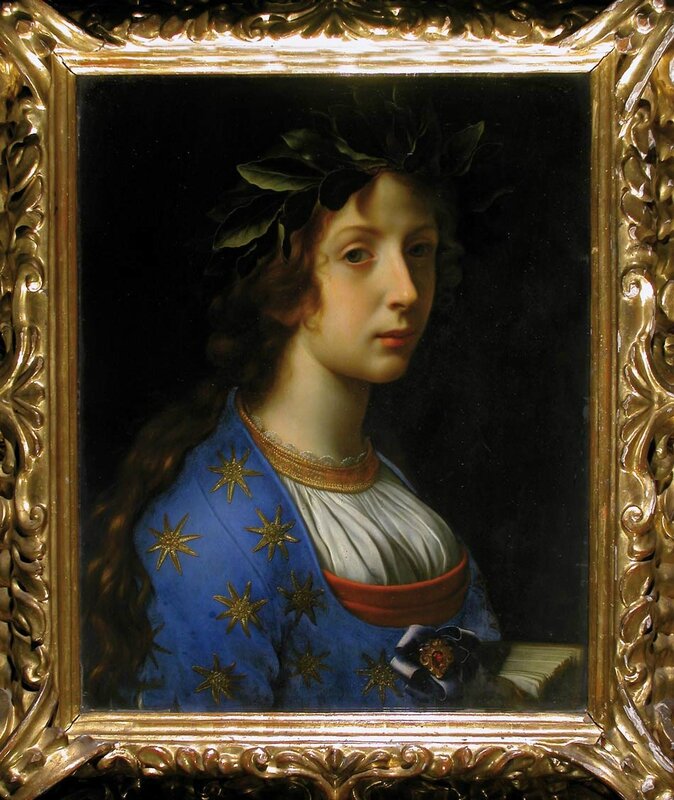



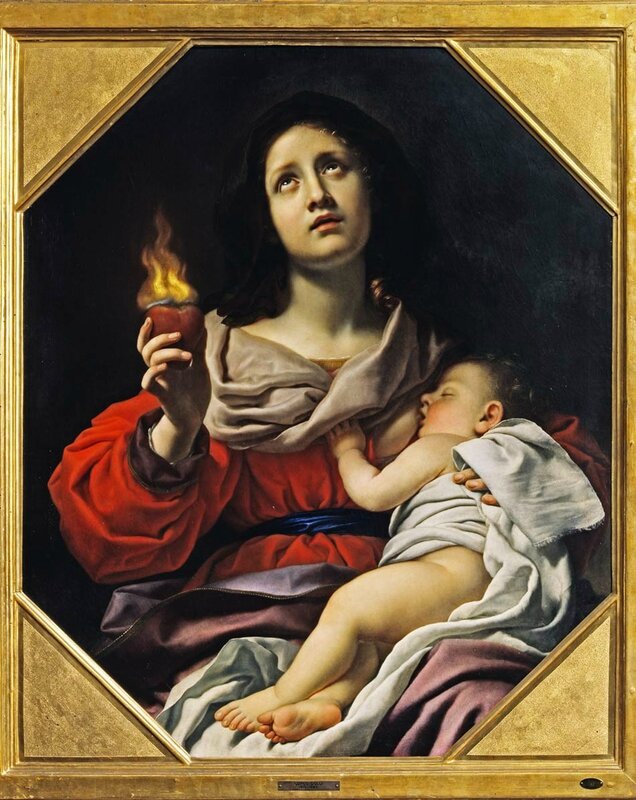

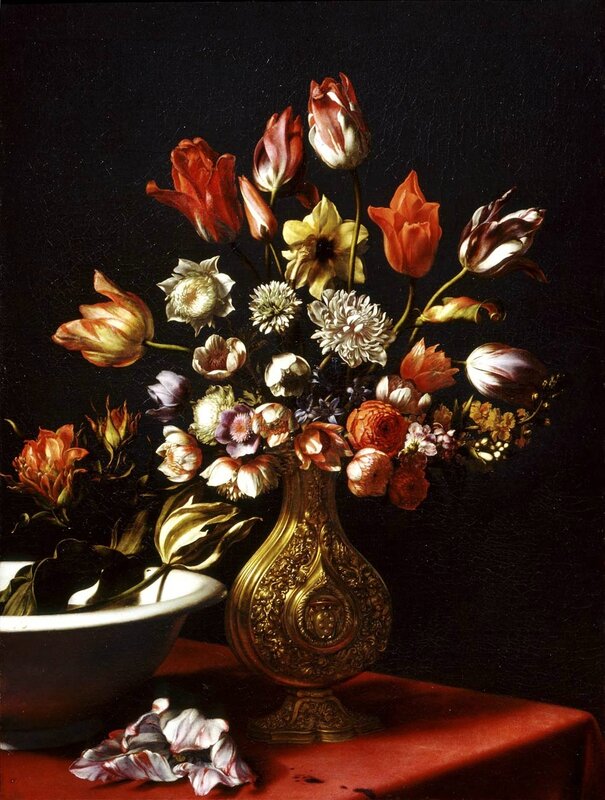
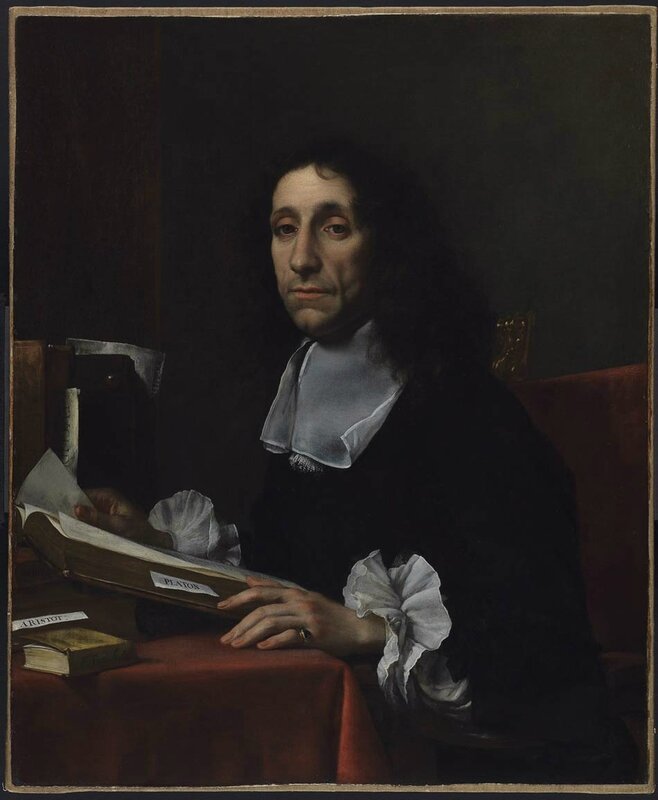


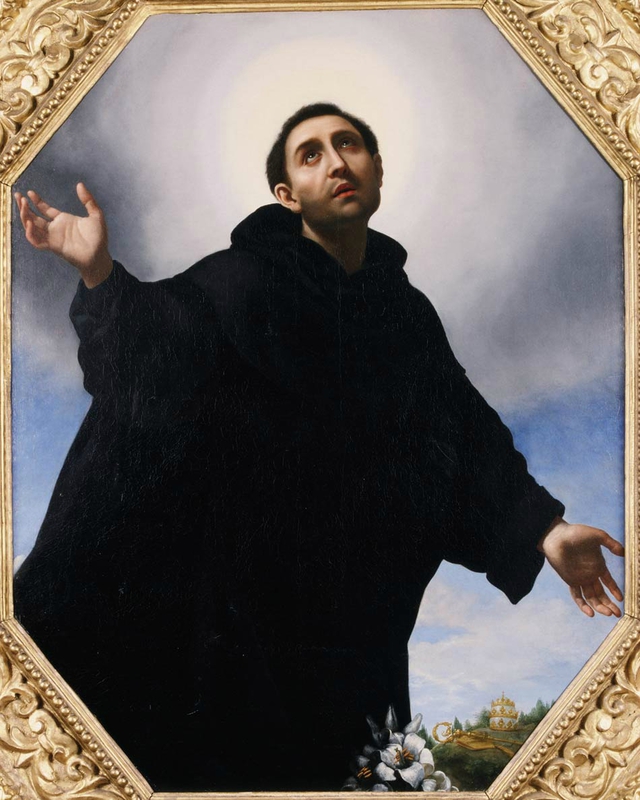


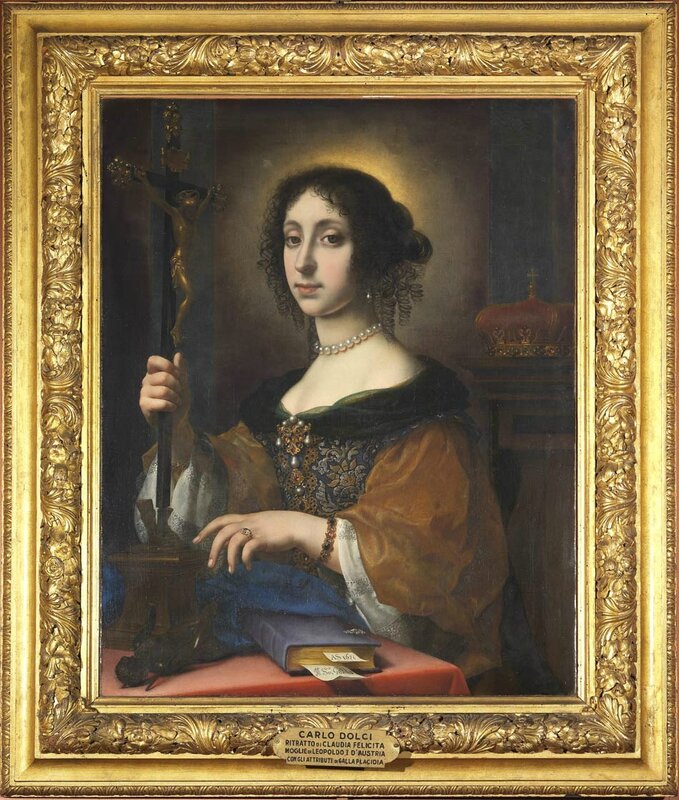

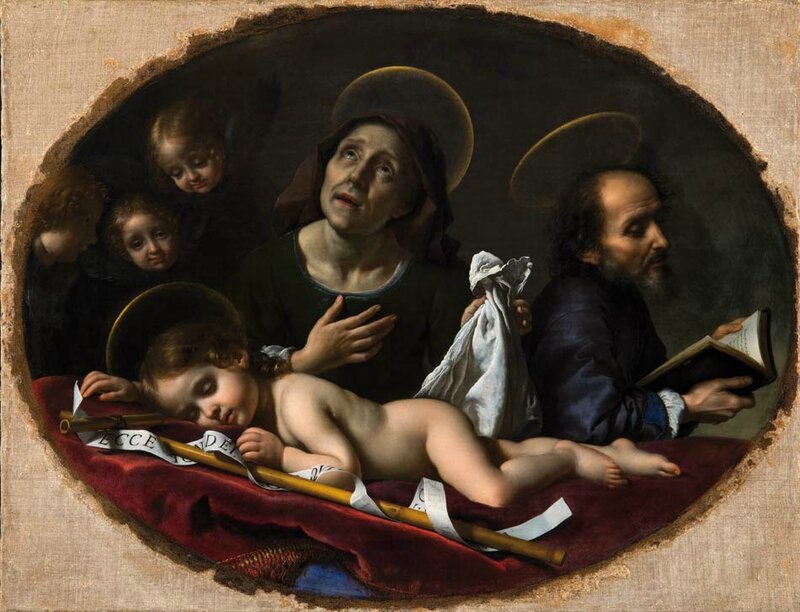



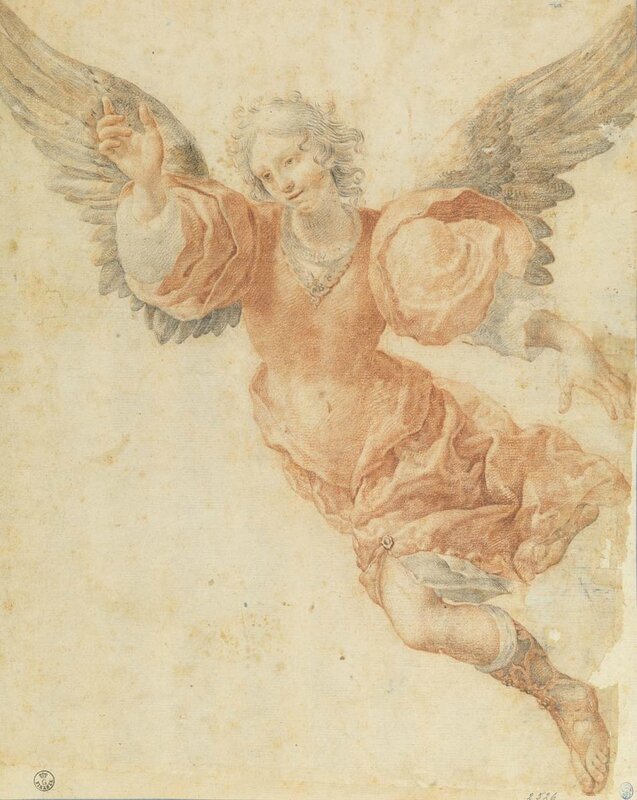



/http%3A%2F%2Fstorage.canalblog.com%2F91%2F84%2F119589%2F126222684_o.jpg)
/http%3A%2F%2Fstorage.canalblog.com%2F00%2F67%2F119589%2F122418951_o.jpg)
/http%3A%2F%2Fstorage.canalblog.com%2F40%2F78%2F119589%2F122387621_o.jpg)
/http%3A%2F%2Fstorage.canalblog.com%2F22%2F99%2F119589%2F122332091_o.jpg)